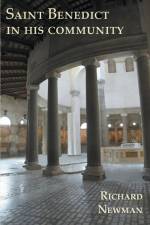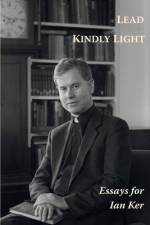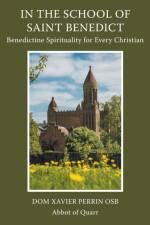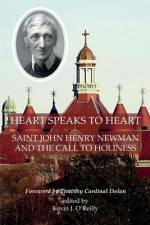av Andrew McNabb
277
Walking with Father Vincent is a montage of anecdotes, clippings, thoughts and insights centering around the remarkable life of Father Vincent McNabb, OP, (d. 1943), an Irishman from Portaferry, County Down, and perhaps the best-known Dominican Friar of the twentieth century. A fixture on the streets of London for decades, Father Vincent was an ascetic and a prophet, a theologian and a writer, a teacher and a preacher, a debater and a Thomist and, to many, quite simply a saint. Yes, Father Vincent was unusual-in holiness, in learning, in love, and even in appearance. G. K. Chesterton said of him "nobody who ever met or saw or heard Father McNabb has ever forgotten him."Written in brief, readable segments by Father Vincent's great-grandnephew, an American Lay Dominican and writer, who infuses his own experiences and gives great insight into the role of family-the McNabb family, and the family in general-Walking with Father Vincent details a remarkable life, while presenting remedies for some of our contemporary problems. Through the vehicle of Father Vincent's legendary walking, the author invites the reader to accompany them both, as he highlights the timeless truth and prophetic insight his uncle preached about, wrote about, and lived so dramatically. Walking with Father Vincent is a story needed now more than ever, a story of great personal holiness and devotion, a life of love fostered in a deeply Catholic home, a life lived with joy and vigor, bravely, and unflinchingly, for the purpose of saving souls, and in defense of eternal Christian Truth.
























